Geothermal heating is derived by harnessing the heat energy available under the topsoil. It requires digging a portion of your land to access the temperature available within the earth. That then begs the question, how deep do you have to dig for geothermal heating?
There are a number of details out there, but none really provides the information as clearly as needed. There are certain questions that will arise, such as; is the temperature 10 feet below the same as the temperature 40 or 60 feet below? Do I need to go very deep to get the preferred temperature?
The questions are many, and we’ll attempt to do justice to them all. One thing you should take home is that geothermal heating has been identified as one of the most efficient ways to provide the warmth needed in your home when the blistering winter comes around.
Geothermal energy is clean, green, renewable, and very powerful. What’s more, you don’t require fossil fuels and it certainly doesn’t emit CO2 into the environment.
What you get from a geothermal system is a heating unit that produces clean, stable, efficient, and sufficient heat. But, how much digging is required to get geothermal heating?
How Much Land Do You Need for Geothermal Heat?
A lot of space is needed for geothermal heating, typically between 400 sq ft to about 8,000 sq ft. This largely depends on a number of factors, including the type and size of the loop required to support the system.
To translate this in meters, you may need a space as big as 100 meters in length, 5-10 meters in width and about 2 to 5 meters in depth. The area is slightly larger than the size of a 100-meter track.
This much space is required for a horizontal loop. On the other hand, vertical loops may require depths almost 100 meters below the surface. Here, about 6 to 10 meters in diameter is required.
This is a pretty complex calculation, but the type and size of the loop can always help. For emphasis, most loop pipes do not exceed 400 meters in length, and depending on how many you’d need, you should be able to calculate how much area will be needed to bury them.
The land must be free of obstacles such as trees, buildings, underground systems like Wells, septics, and other subsurface installations.
The pit could be a trench or a hole, depending on the type of loop you’re building. Some people also suggest that the geothermal system will require a land area 2.5 times larger than the square meterage of your home.
If we’re to go by that, then it will be pretty easy to calculate how much space you need for geothermal heating. For example, if you have a 3,000 Square foot home, your system will need an area as follows;
House size x 2.5 = Recommended space required for geothermal
That is; 3,000 x 2.5 = 7,500 Square feet.
How Deep Do You Have to Dig for Geothermal Heating? Why?
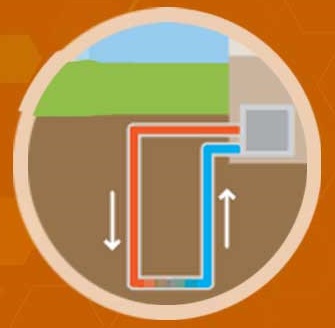
For horizontal loops, we advise you to dig your trenches up to 4 meters deep. For most homes, two pipes are buried side-by-side in trenches about 5 feet deep and two-foot wide.
For vertical loops, several holes, between 100 to 400 feet deep, are dug about 20 feet apart. For most people, sticking to the 100-meter deep formula works just fine.
At this level, the temperature is stable between 10 to 12°C, with each borehole sitting about 6 meters apart from the next with diameters hovering between 5 and 7 inches.
Generally, it gets hotter as you go deeper because you get closer to the earth’s core.
So, this should also guide your drilling exercise based on the stable and steady temperature range you need flowing into your home.
How Long Does a Geothermal Well Last?
A geothermal well can last for several generations. The well itself may last for a lifetime if properly padded and if there are no geological or environmental events that could destroy them.
Specifically, the well can last for up to 200 years, while the loop and pipes can last for as long as 50 to 100 years. The pipes themselves may take as long as 100 years to degrade.
While you’d need to replace other components like the heat pump, fans, and compressor after 20-25 years, the ground loop is likely to outlive you and go on for more than 100 years with proper maintenance.
This is one of the reasons geothermal systems are preferred to other conventional heating systems. They last really long and tend to make up for the initial investment after a few years.
Pros And Cons of Drilling Geothermal Wells
Let’s begin with the advantages and factors that make geothermal energy better.
Pros
- Geothermal energy is renewable. As the world continues to move towards sustainability and renewable energy, geothermal wells provide that renewable alternative for homes seeking green energy that will last for as long as the earth remains.
- Geothermal wells are environmentally friendly. Fossil fuels like coal tend to have a negative impact on the environment, and this is why geothermal energy can make a lot of difference because there’s zero-emission or waste.
- Provides heating and cooling. You can heat and cool your home using geothermal energy. With a stable temperature, geothermal energy can provide heating during the winter season and cooling in summer. This gives it an advantage over most other sources.
- Geothermal energy is stable and sustainable. With geothermal energy, you do not get wobbly heating or cooling like you would when you use wind, solar or electricity. The resource is constant and always available for us to tap into.
- Geothermal energy does not require fuel. No fuel is required in the production of geothermal energy. The resource is infinite and does not need mining or extraction. With no fuel requirement, there’s no concern for emission and pollution.
Cons
- Geothermal energy is quite expensive to tap, often exceeding $12,000 and rising up to about $30,000 in some cases.
- Geothermal energy is location restricted because the resource is not available everywhere.
- Geological consequences may also arise as a result of digging and earth alterations. This can manifest as tremors and earthquakes in some cases.
- Geothermal wells may cause environmental side effects as a result of gases trapped in the earth which may be released. Although the energy itself is green, there may be some gases trapped in the earth.
Final Words:
Geothermal wells need to be pretty deep to ensure good temperatures. For horizontal wells, you need to dig up to 4 meters. Whereas, for vertical wells, you may need to go as deep as 100 meters or 400 square feet.
You’ll need to have experts inspect your property, find out the most suitable spot, and decide what depth is required. The point is, it is important to maintain depths that will offer the best results and consulting the experts is the best way to go.
| Photo | Title | Buy |
|---|---|---|

|
LEVOIT Air Purifier for Home & Bedroom - For Allergies and Pets Hair | Check Price On Amazon |

|
BREEZOME 60 OZ Quiet Dehumidifiers for Home, Dual-Semiconductor | Check Price On Amazon |

|
AquaOasis™ Cool Mist Quiet Ultrasonic Humidifier for Bedroom & Large room | Check Price On Amazon |

|
43.3'' Portable Air Conditioners, 3-IN-1 Evaporative Air Cooler w/Remote | Check Price On Amazon |

|
BlueDri BD-AS-550-BL Negative Machine Airbourne Cleaner HEPA Air Scrubber | Check Price On Amazon |
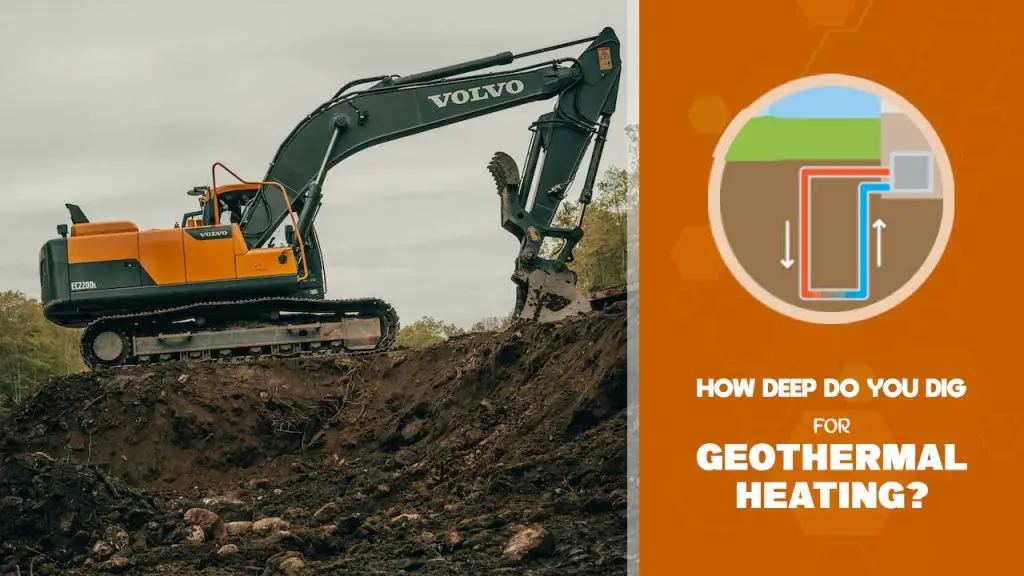

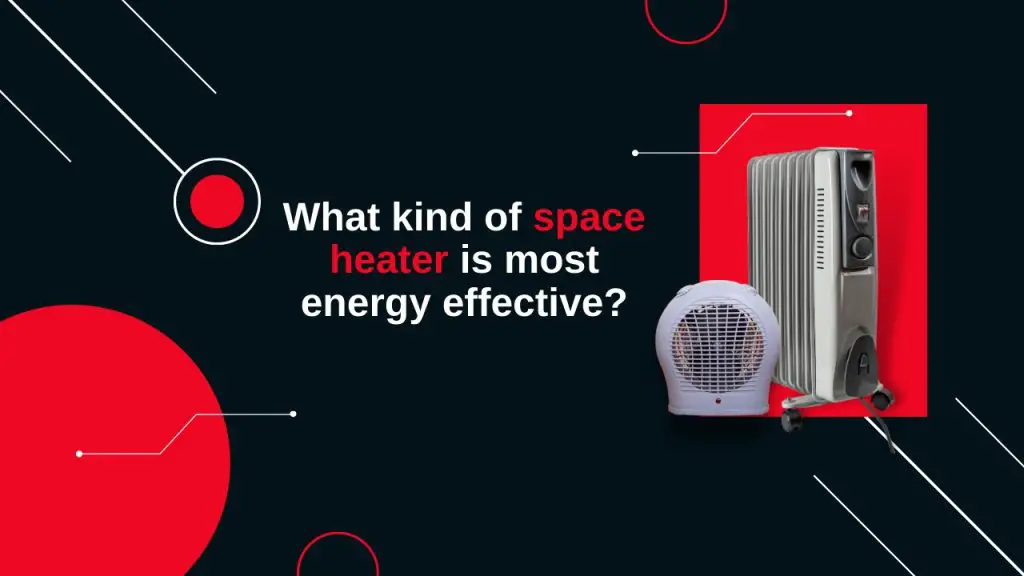
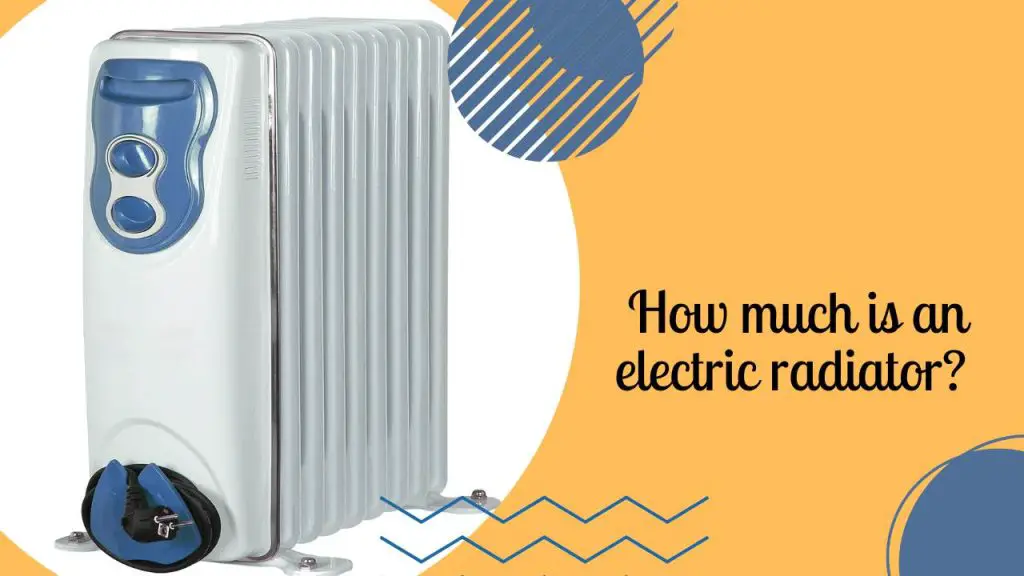

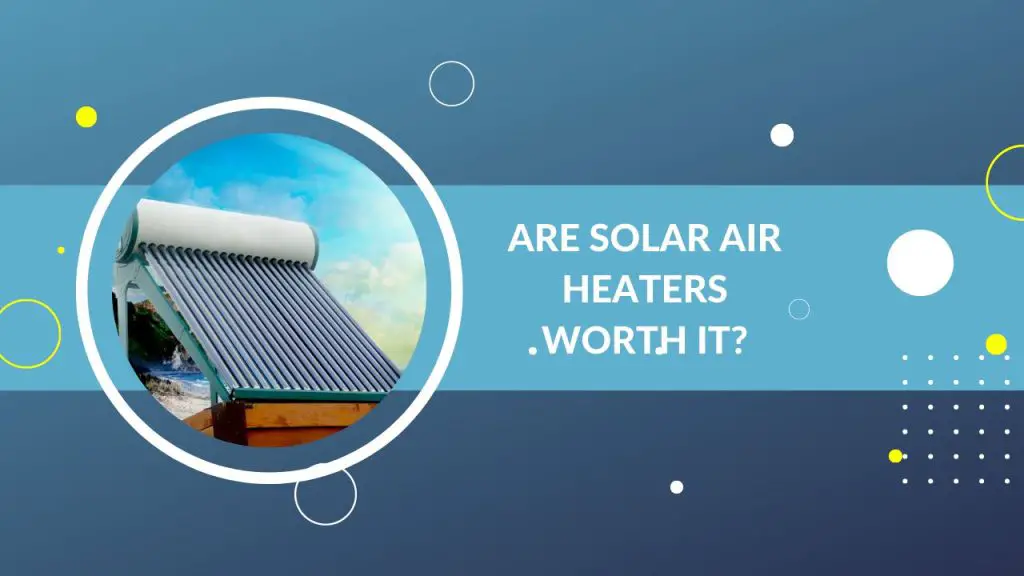
![Ventless Heater Moisture Problems [Possible Reasons & Solution]](https://www.airpurelife.com/wp-content/uploads/2022/12/Why-do-ventless-heaters-create-moisture-1024x576.jpg)